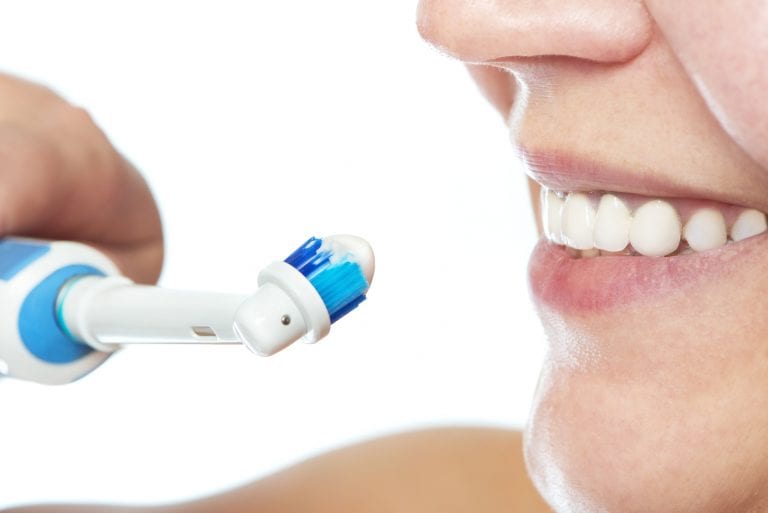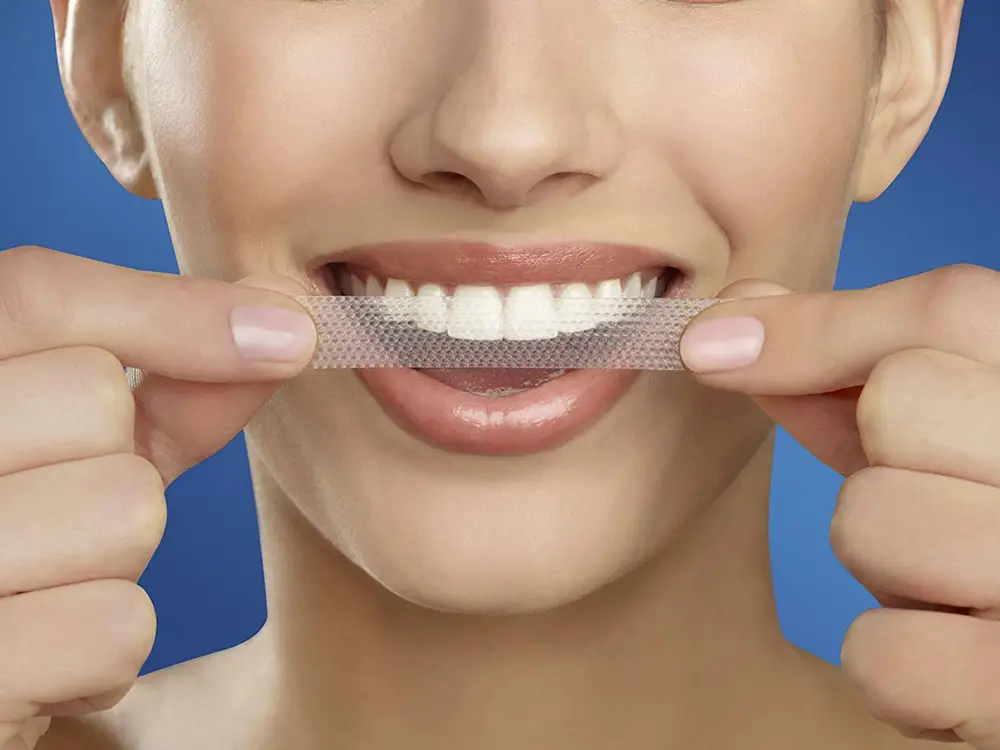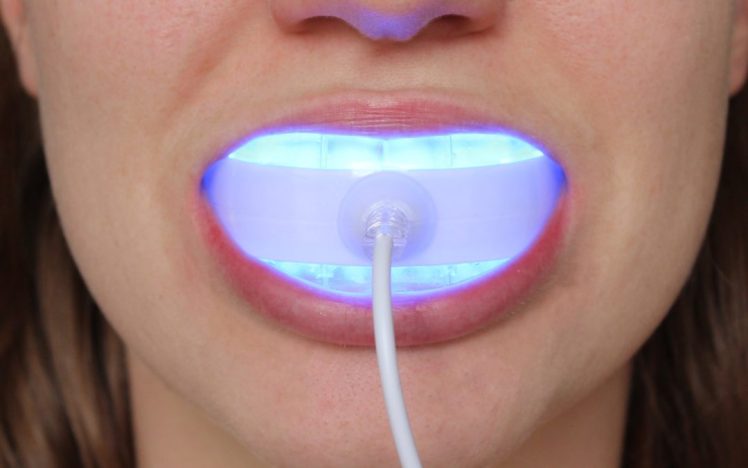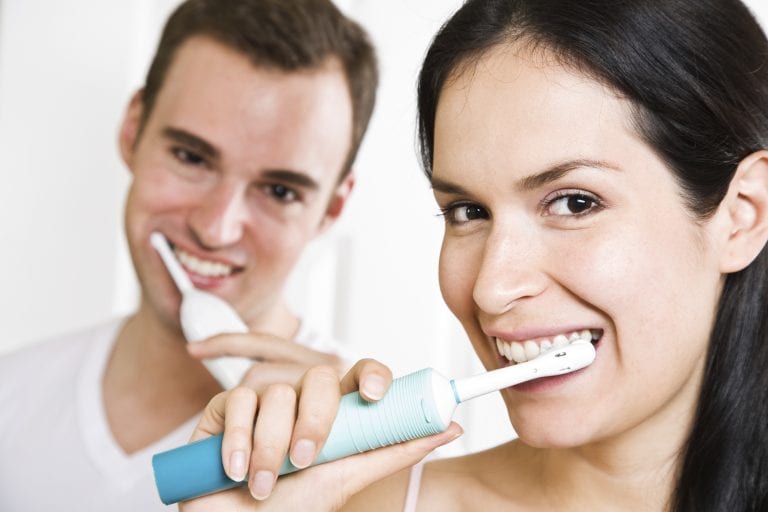Published on:
Having your teeth whitened at home is not only safe, but it is also a procedure that takes only a few minutes of your time and produces very effective results. The colour of your teeth, genetics, habits, and the consistency with which you participate in the treatment can all influence the outcome. The whitening treatment at home can be done in conjunction with your dentist's advice. It can assist you in determining the procedure that best suits your desired outcomes, allowing you to achieve your objectives more quickly. If you have any doubts about the treatment that is most appropriate for you, we recommend that you visit your dentist.
Options for your teeth whitening at home
There are many different options for teeth whitening at home. Tooth whiteners range from milder chemical components, such as rinses, to more substantial options, such as whitening trays, which must be left on your teeth for a period of time, or even overnight, to remove deeper stains. When you are treating yourself at home, you must take the time that the treatment requires.

Whitening toothpaste
This is one of the most popular methods because it is one of the simplest ways to achieve dental whitening safely and effectively. Although most commercial toothpastes are effective at removing stains from your teeth, they do not usually provide immediate results because they contain mild chemicals that work slowly to remove those pesky stains. However, the primary goal of whitening toothpaste is to achieve a deeper level of whitening. Even these pastes can be recommended by a dentist. Because they contain more vital polishing chemicals, they are more effective at removing stains from teeth.
After each meal, we recommend brushing your teeth for five to six minutes with the whitening paste. These whitening pastes are very effective because they lighten the teeth from the inside out, and they are made of carbamide peroxide or hydrogen peroxide. The first results can be seen as early as the second week, and depending on how consistently you use it, you can lighten your smile by three to eight shades.
Whitening mouthwash
The main ingredient in whitening rinse, like most teeth whitening products, is hydrogen peroxide or carbamide. We recommend that it never exceeds 1% within the product. This mouthwash, like most commercial mouthwashes, reduces dental plaque, freshens breath, and makes us less susceptible to gum disease.
Its application varies depending on the brand and peroxide content; you can use fifteen to twenty millilitres of whitening mouthwash and leave it in your mouth for thirty to sixty seconds. It's sufficient if you only use it twice a day (in the morning and at night); most rinses have a recommended duration of use, which varies from two to three weeks depending on the brand or your dentist's recommendation.

Whitening strips
They are almost undetectable because they are thin and covered in a tooth whitening gel made of hydrogen peroxide or a combination of hydrogen peroxide and other ingredients that aid in deep and long-lasting whitening.
They are simple to use; you simply remove them from the package and adhere them to the part of your teeth that contains the whitening gel, allowing it to act for thirty minutes before removing them and rinsing. To see immediate results, repeat this procedure two to three times per week. This procedure is popular because of its quick results; with proper care, it can last up to a year.
LED whitening light
The teeth whitening light, also known as splints, is a key instrument that must be used in the mouth; two are provided, one for the upper part of the mouth and the other for the lower leg. These splints are custom-made to fit our teeth.
Before beginning to use LED light for teeth whitening, some steps must be taken, such as applying a gel containing hydrogen peroxide, which helps whiten teeth with the help of a cold morning. For the sale of peroxide, a concentration percentage of 0.1 percent is permitted. This procedure must be followed consistently, and taking the necessary precautions and supervision is safe. Even so, it is always a good idea to visit your dentist to rule out any potential discomfort or allergic reaction.

Whitening trays
This is a procedure that involves taking impressions with alginate, a material used in dentistry for this purpose. Plaster moulds are then made, and some plastic trays are made to the exact size of the patient's teeth in these moulds.
The patient is placed in the previously created trays, and he is given carbamide peroxide. Most importantly, the dentist demonstrates how to use it by distributing the product on each tooth.
The dentist determines the amount and concentration of the product to be used. It should be involved in a longer or shorter time depending on the case, and it can range from 1 hour to 4 hours.
These teeth whitening products are simple to use, and they are the simplest way to achieve your goal of whitened teeth. This treatment necessitates special considerations such as:
- The buckets must completely fit to ensure that the product does not leak out.
- Do not use more product because it may cause gum irritation.
What type of whitening is the quickest?
Everything will be determined by the outcomes you want to achieve at the end of your treatment, the time you can devote to each process, and the budget you have available to carry out your procedure. There are quick whitening methods, but they are usually the most expensive, as opposed to cheaper systems that take a little longer.

In a dental office, you can spend only 45 minutes and then wear a splint for 4 hours for a procedure. Spend 10 minutes of your daily extra hygiene routine on a home teeth whitening treatment. Both will provide very satisfactory results, and they can even be used in tandem to extend the effects of teeth whitening.
Share With Your Friends